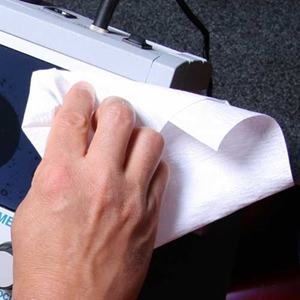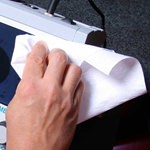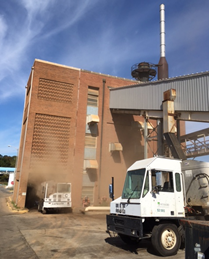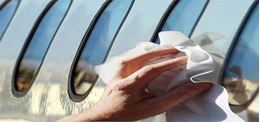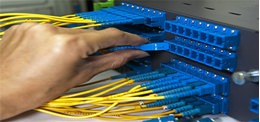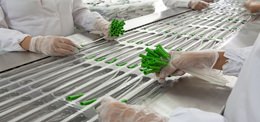Coventry Econowipes
Polyester/cellulose blend, non woven wipes
Coventry Econowipes™ are made from a hydro-entangled, 45/55 cellulose/polyester blend, for optimum purity in a nonwoven wipe. These wipes have excellent absorbency, and contamination entrapment, as well as high strength. Econowipes™ are ideal as an economical utility wipe for any clean area.
Features & Benefits
- Nonwoven polyester/cellulose blend
- Excellent solvent and dilute acid resistance
- Economical
- Excellent durability
- Excellent particle entrapment
- High absorbency capacity and rate
- Low ion contamination
- Packaged in a Class 100 environment
- Low linting compared to cotton
- Quarter fold on 6713 improves handling
- Creped pattern on 6713 improves softness and absorbency
Applications
- Clean Water Processing Areas
- Clean-up Acids and other Chemical Spills
- Wipe Down of Machinery, and Instrumentation
- Clean Photo-Mask Areas
- Clean Laminar Flow Benches
- Clean Quartzware
- General Purpose Wiping in Cleanrooms
| TDS | |
| REGS | |
| Categories |
| Shelf Life | 5 yrs. |
|---|

